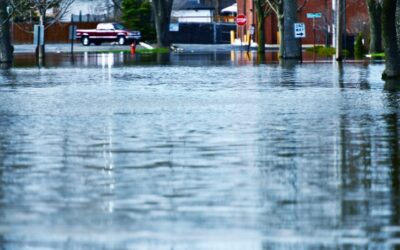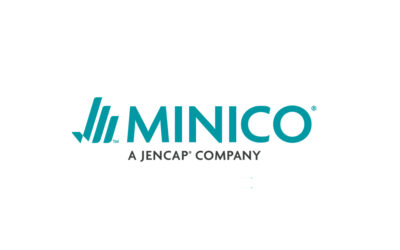At the start of 2019, insurance industry analysts predicted market hardening, but the pace and severity of the changes is such that the impact being felt in the third quarter is much greater than was anticipated earlier in the year. The publication Business Insurance in June reported reinsurance rate increases of up to 30 percent, which is an indicator of changes that may be passed on to consumers.
Owners of self-storage businesses and other types of commercial property may see evidence of this market hardening at their next insurance renewal in the form of changes to pricing, deductibles, limits, and coverage. The probability that properties located in high-risk areas and those with negative claim histories may experience premium increases and potentially nonrenewal is much higher because of the present market conditions.
Why is the marketing hardening?
Catastrophic events resulting in billion-dollar insured losses are occurring more frequently and with increasing severity. The report U.S. Billion-Dollar Weather and Climate Disasters (2019), published by NOAA National Centers for Environmental Information, indicates that in 2017 (the year of Hurricanes Harvey, Irma, and Maria) there were 16 billion-dollar events with estimated insured losses totaling $319 billion. In 2018, Hurricanes Florence and Michael as well as the Camp Fire and 11 other such events resulted in total insured losses estimated at $92 billion. As of August 2019, the prime causes of billion-dollar losses this year have been flood, hail, and tornadoes.
Carriers are working to return their programs to profitability after several years of increasing catastrophic losses. For some carriers, this may mean completely exiting a class of business. While self-storage as a class may not be particularly challenging for insurance carriers, there are aspects of the property market that may affect insurance rates and terms for self-storage operations in certain areas. These include wildfires in California and other western states, flood, and convective storms such as tornadoes, hail, straight-line winds, and lightning.
How can business owners prepare for impending changes?
The first step for business owners is to work with their insurance agent well in advance of the policy renewal. An independent agent can research and access insurance companies that have specialty programs designed for self-storage or other industries. Because insurance carriers have various risk appetites, MiniCo has elected to work with three A.M. Best “A” rated carriers to provide policyholders with a wide range of coverage options, limits, and deductibles.
In addition, business owners need to refocus efforts to make their self-storage operation as attractive as possible to insurance carriers. Schedule regular building inspections, be diligent about reducing the risk of fire, increase premise inspections, and keep up with scheduled landscaping and maintenance to reduce the risk of a costly claim.
Considering the insurance market outlook, it is critical to ensure that properties are not underinsured. Reducing property values to save premium dollars is not an advisable solution to a hardening market. Insuring businesses for their replacement cost value now can save business owners from a crippling financial exposure in the event of a catastrophic loss.
Mike Schofield
President and CEO





